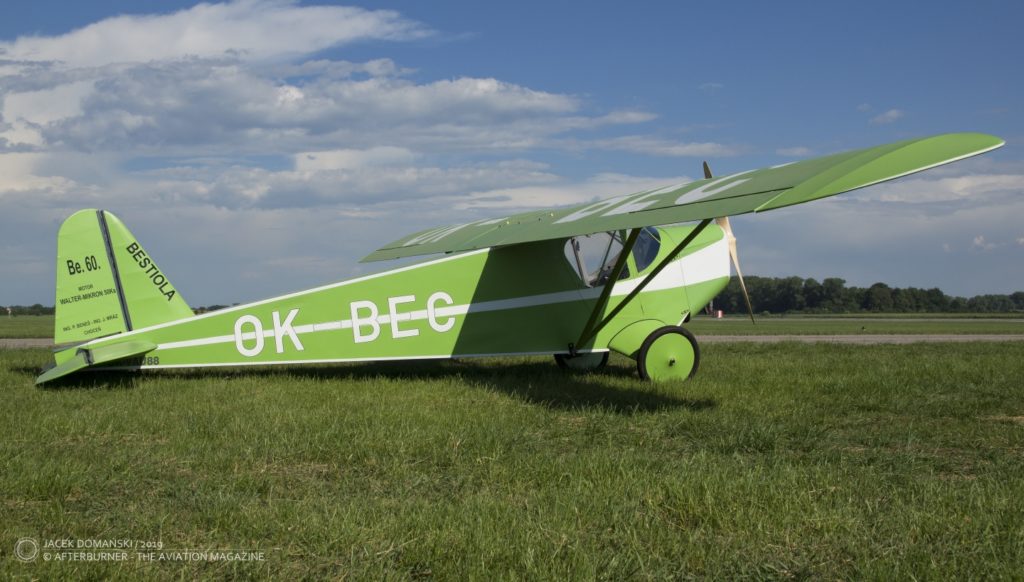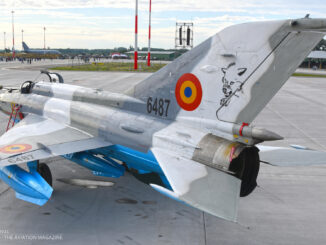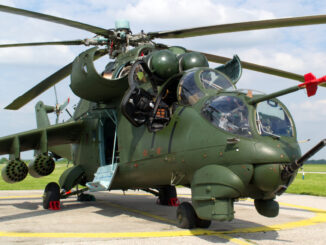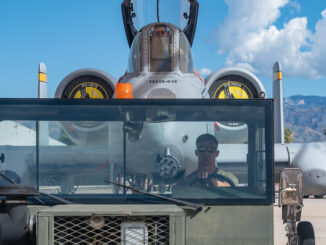 Beneš-Mráz Be-60 Bestiola (airworthy replica of ´OK-BEC´, OK-VAU88), waiting for take-off at the 29th edition of Aviatická pouť air show, Pardubice, May 2019.
Beneš-Mráz Be-60 Bestiola (airworthy replica of ´OK-BEC´, OK-VAU88), waiting for take-off at the 29th edition of Aviatická pouť air show, Pardubice, May 2019.
On 1st April 1935, new aviation manufacturing company was established in Choceň, Czechoslovakia. The workshop was founded by aviation designer and engineer Pavel Beneš, and local entrepreneur, engineer Jaroslav Mráz.
Beneš was the well-known aviation pioneer and founder of Avia company he opened in 1919, together with Miroslav Hajn. They made a series of quite sucessfull low-wing monoplanes, designated BH-1 to BH-11, as well as a few biplane fighters. In 1929, they joined ČKD-Praga company and designed some training and sport aircraft, including Avia BH-111 that participated in the Challenge competition series.
That successful cooperation lasted until 1932, when they split up. Hajny joined Letov company, but Beneš decided to establish his own aviation workshop – inž. P. Beneš a inž. J. Mráz, továrna na letadla.
Yet in July of 1935, the first aircraft made by the newly founded company performed its maiden flight. It was a light, training and touring high-wing aeroplane, designated Beneš-Mráz Be-60 Bestiola. General concept of that aircraft was developed by Beneš and finalized in cooperation with two other engineers from the Avia company that joined him in Choceň, Zdeněk Rublič and Jan Kryšpín.
However, test flights of the first prototype revealed a lot of shortfalls and the aircraft needed to be re-designed. The modified Be-60 took-off for its first flight in September of the same year and this time the results were more rewarded. The prototype was approved by Czechoslovak aviation authority and registered OK-BEA. Nevertheless, the designers were still not satisfied with the aeroplane and continued with its development.
On 3rd October 1935, the second and the final prototype of Bestiola made its first flight. Shortly after, it was approved by the authorities and registered OK-BEC. The aeroplane was then sent to military technical institute for evaluation, where it was well received and resulted in issuing order for twenty examples.
All but one of the manufactured Be-60 aeroplanes were received by the Czechoslovak Ministry of Defence and then distributed to the aeroclubs and aviation training centres. In addition, a few attempts were made to promote the aircraft to foreign customers. In 1935, a marketing flight to Yugoslavia was completed and in spring of 1936, the Be-60 was exhibited at aviation trade show in Prague. However, no orders were received and production of Bestiola was ceased after completing the abovementioned short series ordered by the MoD.
During the Czechoslovak mobilization of 1938, the Be-60 aircraft were taken over by the Czechoslovak Air Force and used for liaison purposes. After occupation of Czechoslovakia and creation of the Protectorate of Bohemia and Moravia, some surviving aircraft were assigned to Luftwaffe and then used for training purposes.
The Be-60 Bestiola was the high-wing wooden aircraft with two seats in side-by-side configuration. It was powered by single Walter Mikron-II engine, generating 65 hp. The Be-60 was equipped with non-retractable undercarriage with tailskid. Its wings could be folded back, for easy hangaring.
In 2016, an airworthy replica of the Be-60 was made by Petr Tax. The aircraft was built based on original documentation and in 1:1 scale, although some changes were necessary to receive certificate of airworthiness. The aeroplane was registered OK-VAU88 but is carrying the livery of the second prototype, OK-BEC.
Nowadays, the airworthy replica of the Be-60 can be quite often seen at domestic aviation events. On daily basis, the aeroplane is being exhibited in Metoděj Vlach Aviation Museum (Letecké muzeum Metoděje Vlacha) in Mladá Boleslav.



